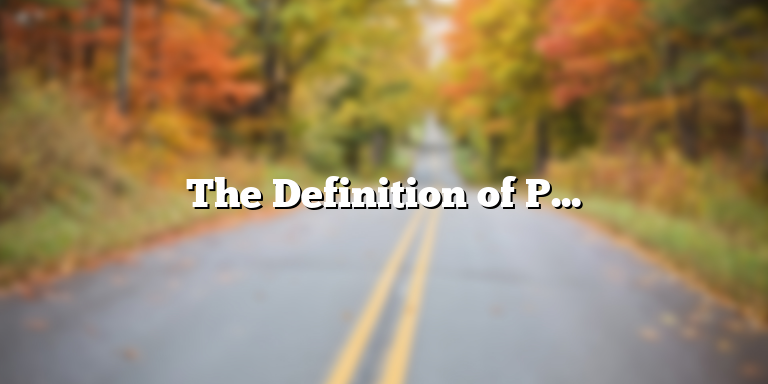
Regenerative Economy: Definition and Key Concepts
Introduction
A regenerative economy represents an emerging paradigm that redefines the relationship between people, prosperity, and the planet. Unlike the traditional linear model that extracts, consumes, and disposes of resources, a regenerative economy focuses on restoring and renewing ecosystems while fostering human well-being. It goes beyond sustainability, emphasizing circular processes where waste becomes input, energy sources are renewable, and communities are empowered to co-create lasting solutions.
In essence, a regenerative economy seeks to rebuild natural systems, promote social equity, and create long-term resilience. Practices such as regenerative agriculture, renewable energy, biomimicry, and ecological design demonstrate how businesses and societies can thrive while healing the planet.
How a Regenerative Economy Works
At its core, the regenerative economy integrates economic, environmental, and social systems. It emphasizes the efficient use of renewable resources and the fair distribution of benefits. Economic activity is measured not only by profit but also by its capacity to enhance biodiversity, community well-being, and long-term sustainability.
Countries like Bhutan, Costa Rica, and cities across the United States have implemented elements of regenerative economics—prioritizing well-being, ecological restoration, and equitable growth through green infrastructure, renewable energy, and ecosystem service payments.
How a Regenerative Economy Differs from a Traditional One
A traditional economy prioritizes growth and profit, often at the expense of the environment and social balance. In contrast, a regenerative economy focuses on circularity, inclusivity, and resilience. It turns waste into resources, uses renewable energy, and promotes innovation that benefits both people and the planet.
While traditional economies rely on centralized control, regenerative economics supports decentralized, community-based decision-making. Collaboration, transparency, and shared responsibility replace short-term profit goals with long-term prosperity for all stakeholders.
Regenerative vs. Sustainable Economies
Although the terms “sustainable” and “regenerative” are often used interchangeably, they differ in intention and scope. A sustainable economy seeks to minimize harm and maintain balance, while a regenerative economy aims to improve and restore the natural systems that support life.
For example, a sustainable company may reduce carbon emissions; a regenerative company strives to become carbon-negative, removing more CO₂ than it emits. In a regenerative economic model, economic growth is a by-product of ecological restoration and social well-being, not an opposing force.
The Ellen MacArthur Foundation has been a leading advocate of the circular economy framework, emphasizing how regenerative systems can replace the traditional take-make-waste model Ellen MacArthur Foundation.
Key Principles of the Regenerative Economy
The regenerative economy is grounded in three interdependent principles: circularity, resilience, and abundance.
Circularity
Circularity ensures that all resources are reused, recycled, or repurposed, minimizing waste. In a regenerative economy, circularity mimics natural systems—every output feeds another process, creating perpetual renewal.
Resilience
Resilience focuses on designing systems that can adapt to shocks and disruptions. Regenerative economic systems enhance resilience through diversity, renewable energy, and localized production networks.
Abundance
The principle of abundance asserts that resources can meet everyone’s needs if shared equitably. A regenerative economy promotes fairness, cooperation, and community ownership to achieve equitable prosperity.
Examples of Regenerative Economic Practices
Regenerative agriculture, renewable energy, closed-loop manufacturing, and green infrastructure are key examples of regenerative economy in action.
- In France, supermarkets are required to donate unsold food, reducing waste and hunger.
- Germany’s community-owned renewable projects generate clean energy while strengthening local economies.
- Costa Rica’s ecosystem payment programs reward farmers who protect forests and watersheds.
These examples show that regenerative economics is not theoretical—it’s already transforming economies worldwide.
The Benefits of a Regenerative Economy
Transitioning to a regenerative economy delivers multiple benefits:
- Ecological restoration through soil regeneration, reforestation, and pollution reduction.
- Social equity by decentralizing power and ensuring fair access to resources.
- Economic innovation through new industries in renewable energy and green technology.
- Climate resilience by reducing greenhouse gases and strengthening ecosystems.
- Public health improvement by reducing toxins and improving food and air quality.
Ultimately, a regenerative economy offers a holistic pathway toward long-term well-being and sustainable prosperity.
The principles of a regenerative economy align closely with the United Nations Sustainable Development Goals, particularly those addressing responsible consumption, climate action, and life on land UN SDGs.
Challenges to Implementing Regenerative Economics
Despite its promise, adopting regenerative economic systems faces several challenges:
- Political resistance from entrenched industries and policymakers.
- Financial barriers due to high initial investment costs.
- Cultural norms that prioritize short-term profits over long-term health.
- Systemic inertia, requiring a shift from growth-centric to well-being-centric economic indicators.
Addressing these challenges requires public policy reform, education, and innovative financing models that reward regenerative outcomes.
The Future of Regenerative Economics
The future of regenerative economics will be shaped by global shifts toward circularity, localism, social justice, biomimicry, digital innovation, regenerative agriculture, and green finance. As awareness grows, governments and businesses are recognizing that restoring nature and investing in people are not costs but essential strategies for long-term prosperity.
By embracing regenerative economics, societies can transition from extraction to renewal, creating a world where economic systems strengthen the very foundations of life on Earth.
Global institutions such as the World Economic Forum have increasingly emphasized the transition toward regenerative economics as a pathway to resilience and inclusive prosperity World Economic Forum.





